The slow rise and fast fall of shopping malls
Shopping malls have been a quintessential part of our lives, evolving from mere shopping centers to cultural landmarks. These sprawling complexes have seen it all—from their heydays to the challenges of the digital age. As malls continue to adapt, their journey remains a fascinating reflection of societal changes, economic trends, and consumer behaviors.
The Birth of the Shopping Mall: A Look Back in Time
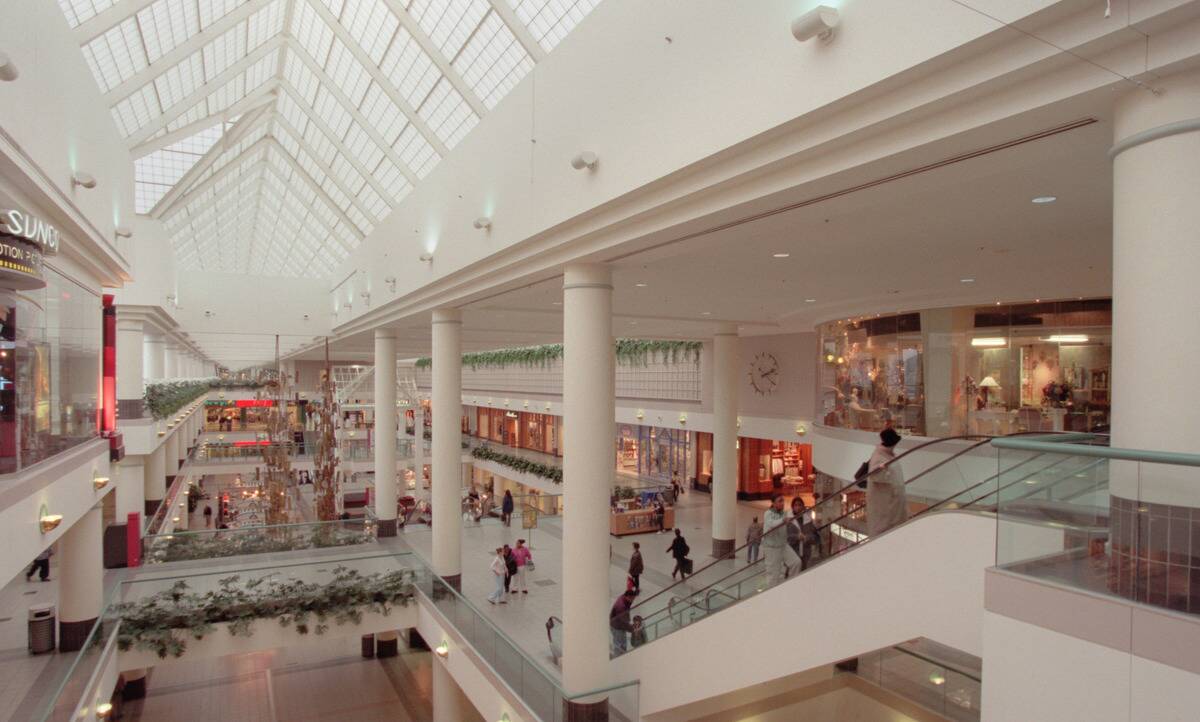
The concept of the shopping mall began in the mid-20th century, revolutionizing the retail landscape. The first indoor shopping mall, Southdale Center in Edina, Minnesota, opened its doors in 1956, marking a pivotal moment in retail history. This innovative approach to shopping offered consumers a climate-controlled environment, forever changing how people shopped and socialized.
The Visionary Behind the First Mall: Victor Gruen

Victor Gruen, an Austrian architect, is credited with designing the first shopping mall. His vision was not just about convenience but creating a community space that mimicked European town squares. Gruen’s concepts went beyond commerce, aiming to foster social interaction and provide a communal gathering space.
The 1950s Boom: When Malls Became a Suburban Staple
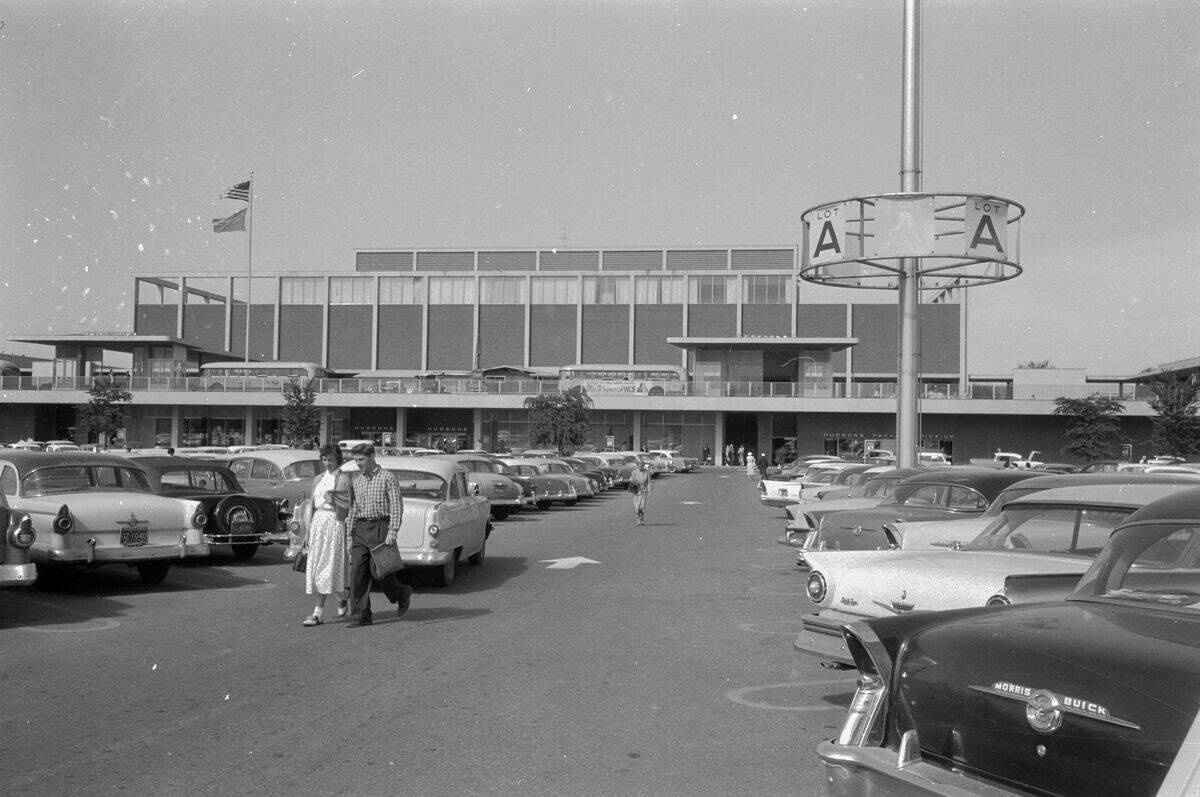
The post-war economic boom and suburban expansion in the 1950s provided the perfect backdrop for malls to flourish. As families moved to the suburbs, malls became convenient shopping destinations, offering a variety of stores under one roof. This era saw the proliferation of malls across the United States, becoming an integral part of suburban life.
A Social Hub: More Than Just a Place to Shop
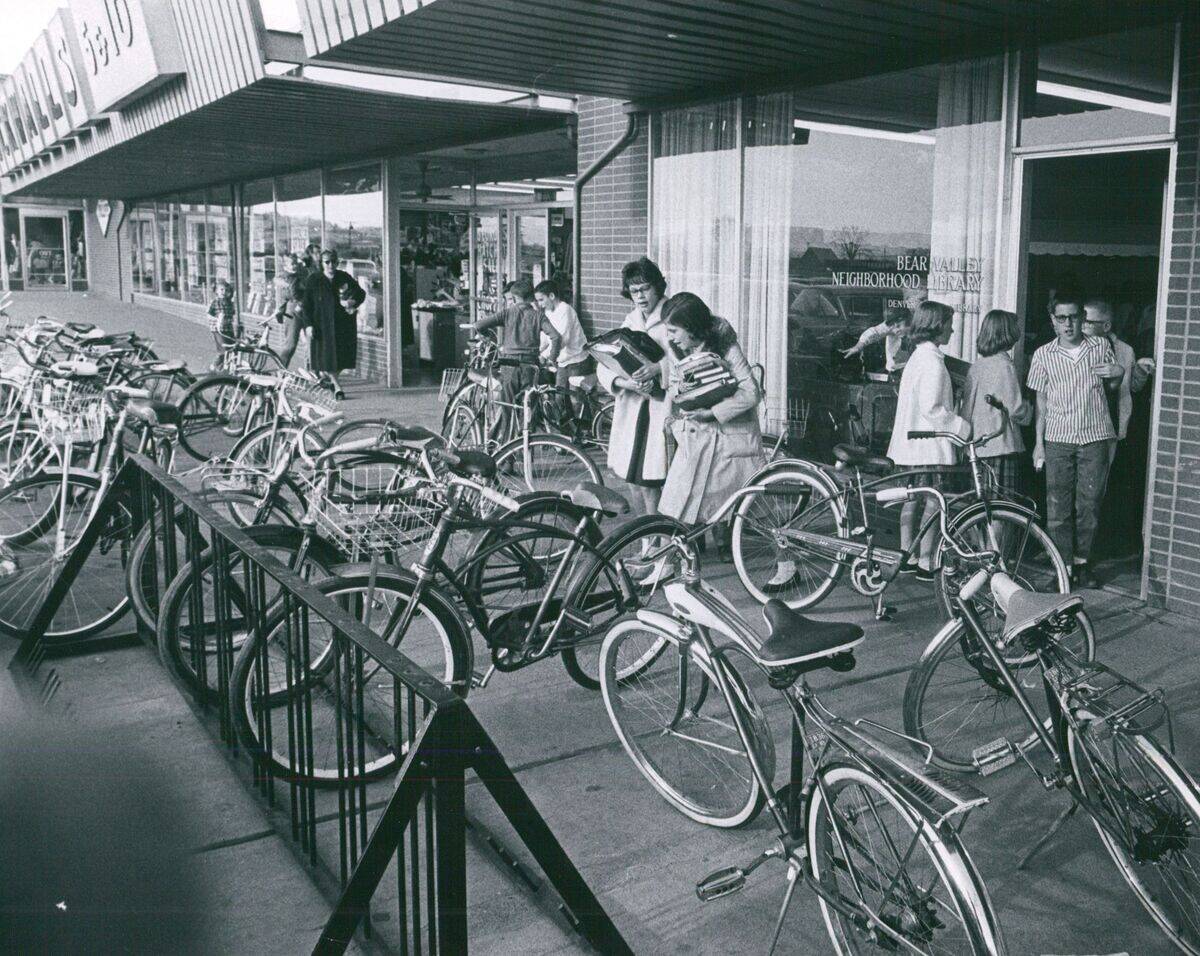
Malls rapidly transformed into social hubs, offering more than just shopping. They became places where teenagers hung out, families gathered, and communities formed. The food courts and common areas provided spaces for interaction, making malls a central part of social life in the suburbs.
The Golden Age of Malls: The 1980s and 1990s
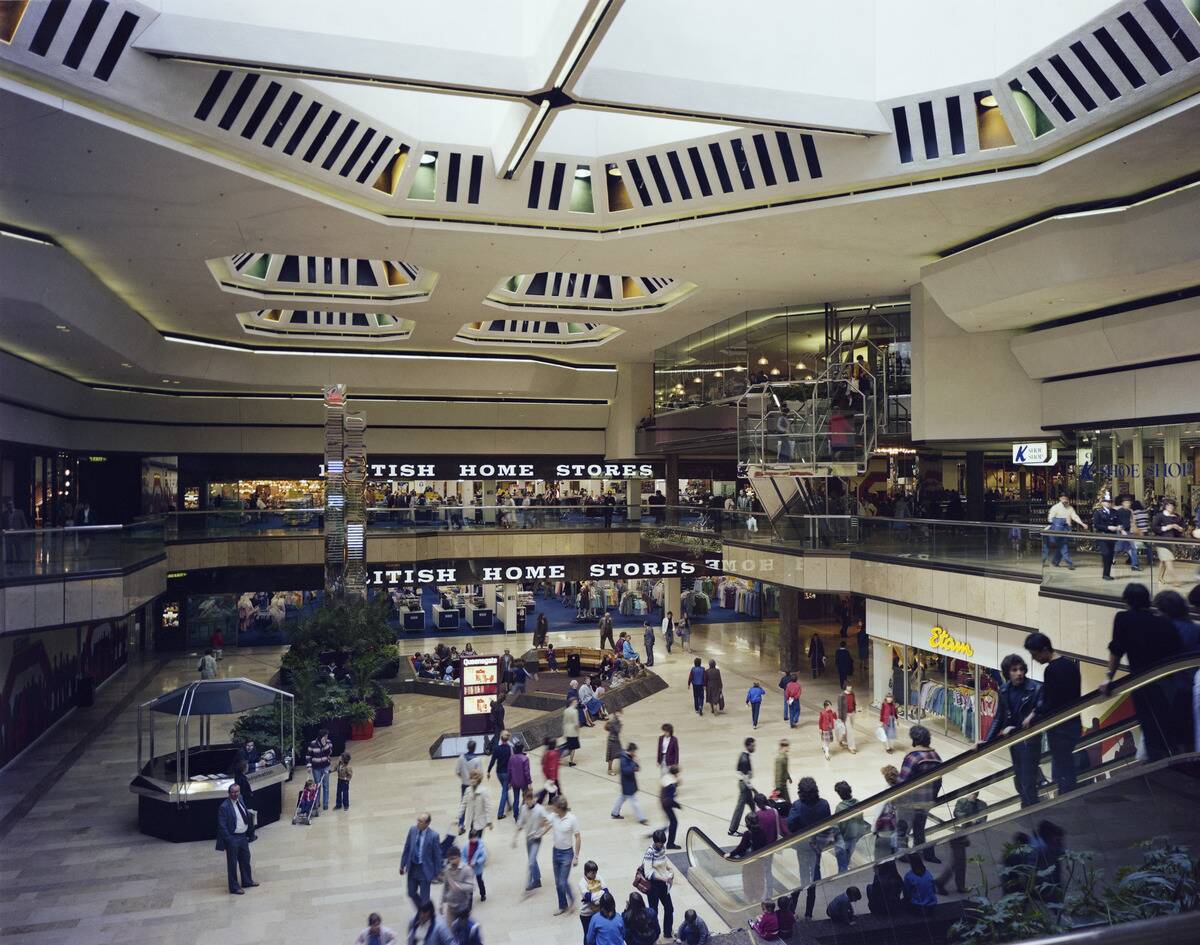
The 1980s and 1990s are often considered the golden age of malls, with an explosion of new malls across America. This period saw the introduction of mega-malls like the Mall of America, which opened in 1992 and became the largest in the US. These malls were not just about shopping; they offered entertainment, theme parks, and even aquariums.
Iconic Malls That Shaped American Culture
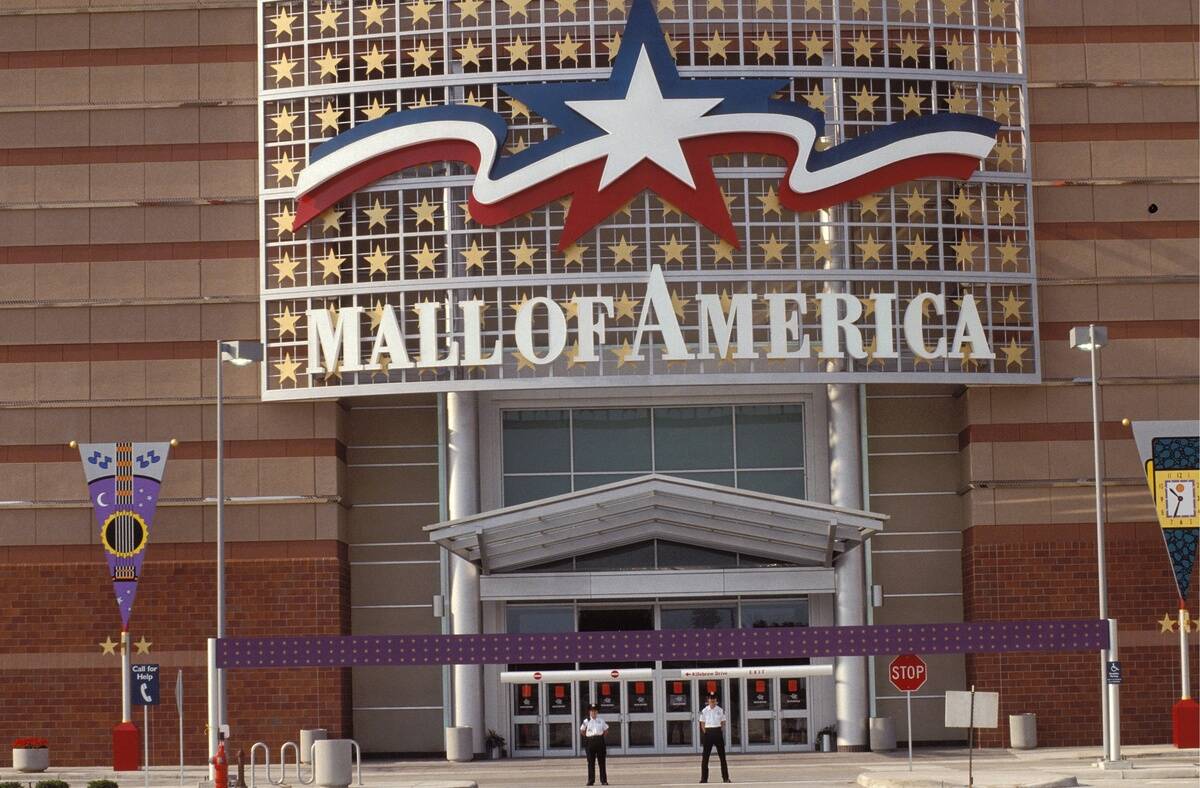
Several malls became iconic cultural landmarks, such as the Beverly Center in Los Angeles and the Mall of America in Bloomington. These malls influenced fashion trends, served as settings for movies and TV shows, and became synonymous with American consumer culture. They were more than shopping destinations—they were cultural phenomena.
The Role of Anchor Stores in Mall Popularity
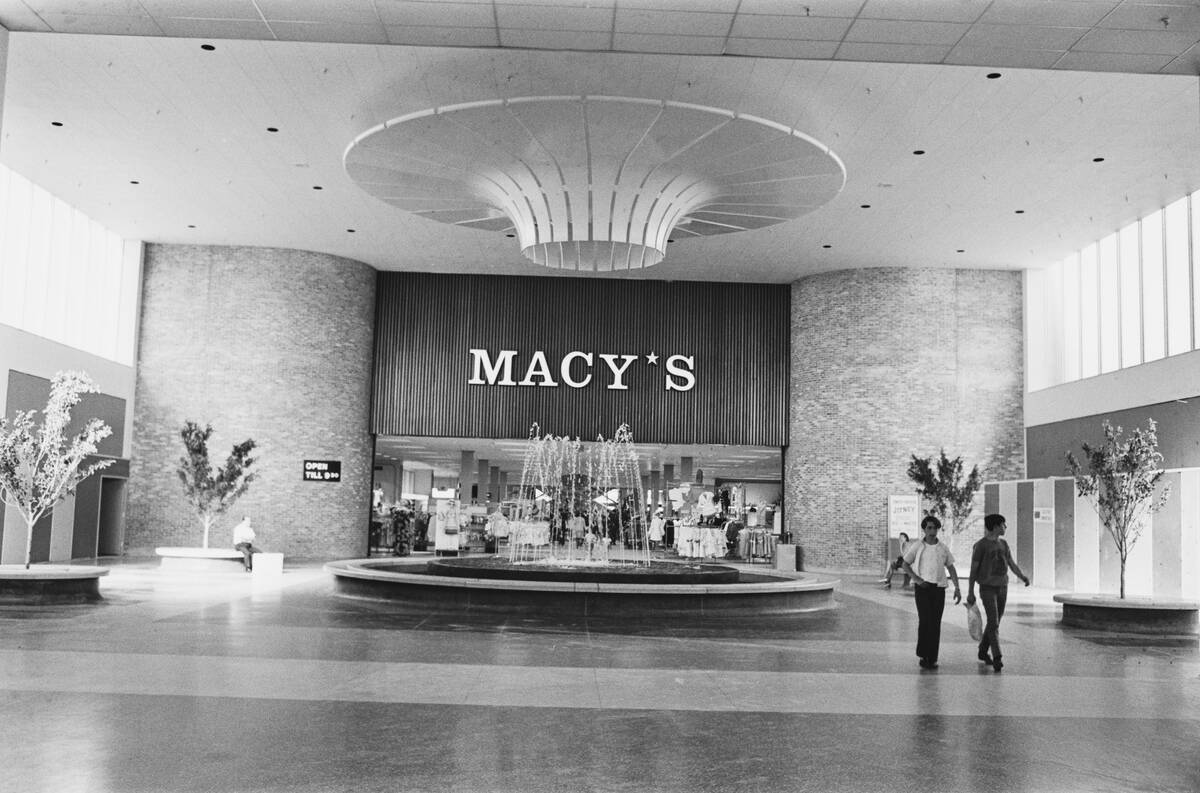
Anchor stores have played a crucial role in the success of malls by drawing large crowds and smaller retailers. Department stores like Macy’s and Nordstrom served as main attractions, boosting foot traffic and supporting smaller businesses within the mall. Their presence was often a deciding factor in a mall’s viability.
Food Courts and Entertainment: The Evolution of the Mall Experience
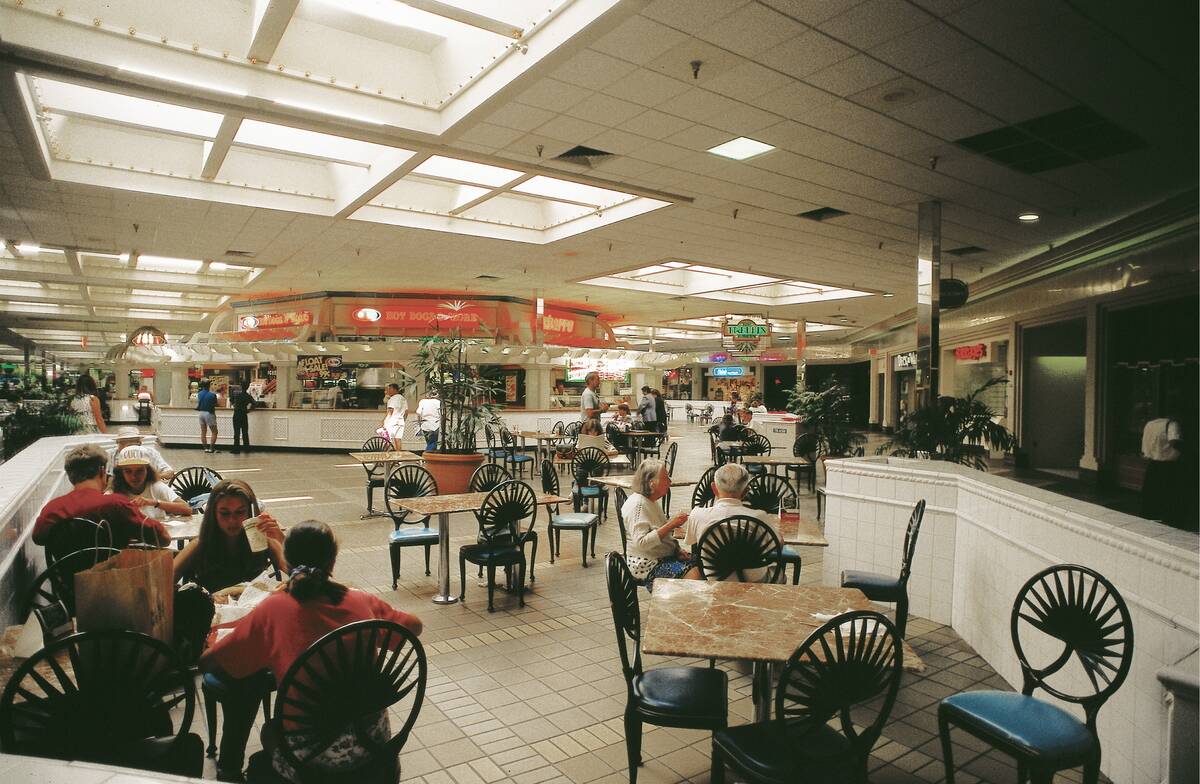
Malls evolved by incorporating food courts and entertainment options, turning them into more than shopping destinations. The food court concept, pioneered in the 1980s, offered diverse dining options, making it convenient for shoppers to spend more time at the mall. Entertainment venues like cinemas and arcades further enhanced the mall experience.
The Architectural Marvels: Malls as Design Icons
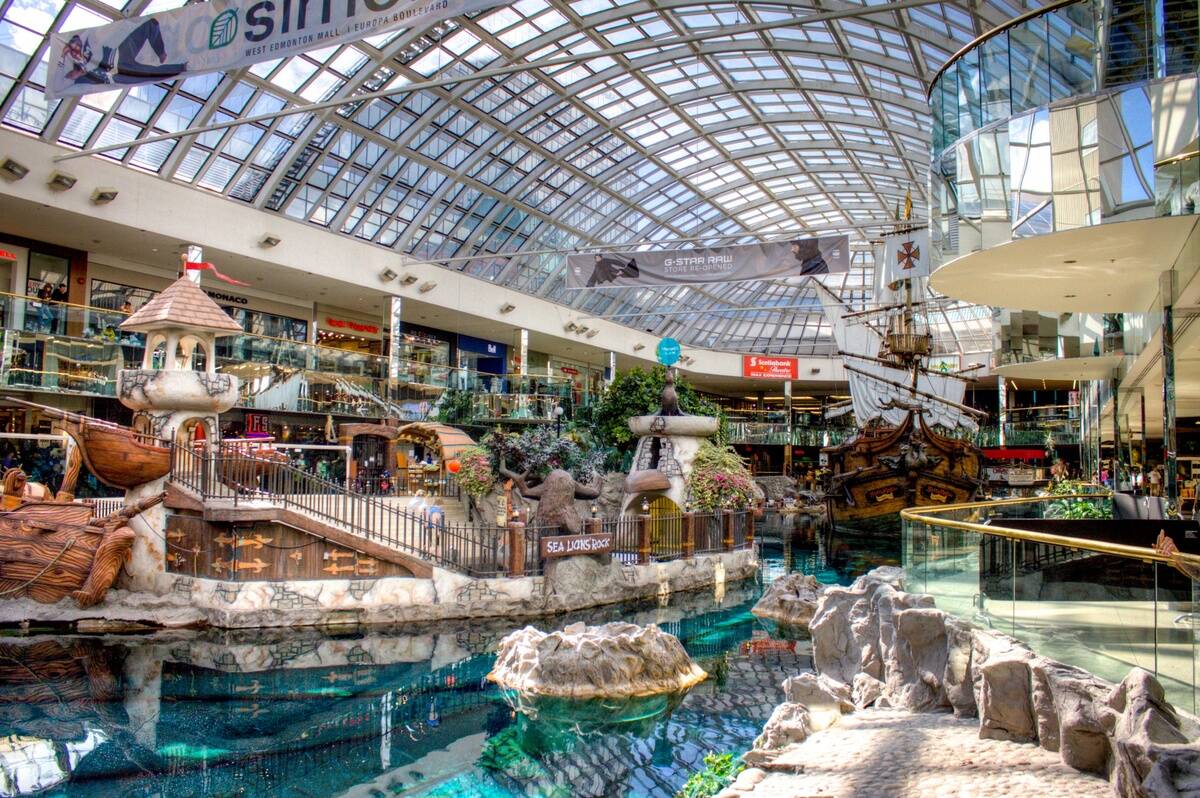
Many malls were architectural marvels, with innovative designs and grandiose structures. The West Edmonton Mall in Canada, for example, features a water park and a miniature golf course, showcasing the blend of architecture and entertainment. These design feats turned malls into tourist attractions, drawing visitors from around the globe.
The Digital Age: How Online Shopping Changed the Game
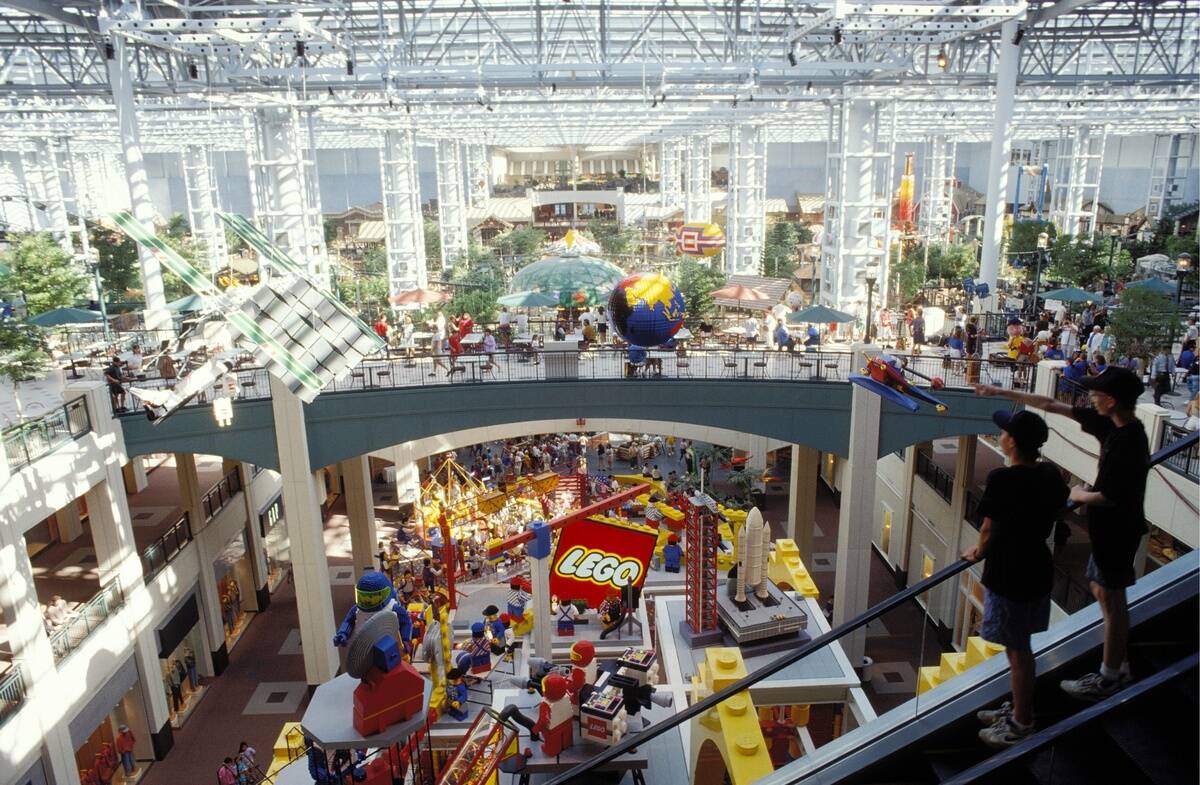
With the rise of e-commerce giants like Amazon, malls faced unprecedented challenges. Online shopping offered convenience and competitive pricing, reducing foot traffic in traditional malls. Retailers had to adapt by integrating online and offline experiences, while malls explored new ways to draw in customers.
Economic Factors: Recession and Retail Decline
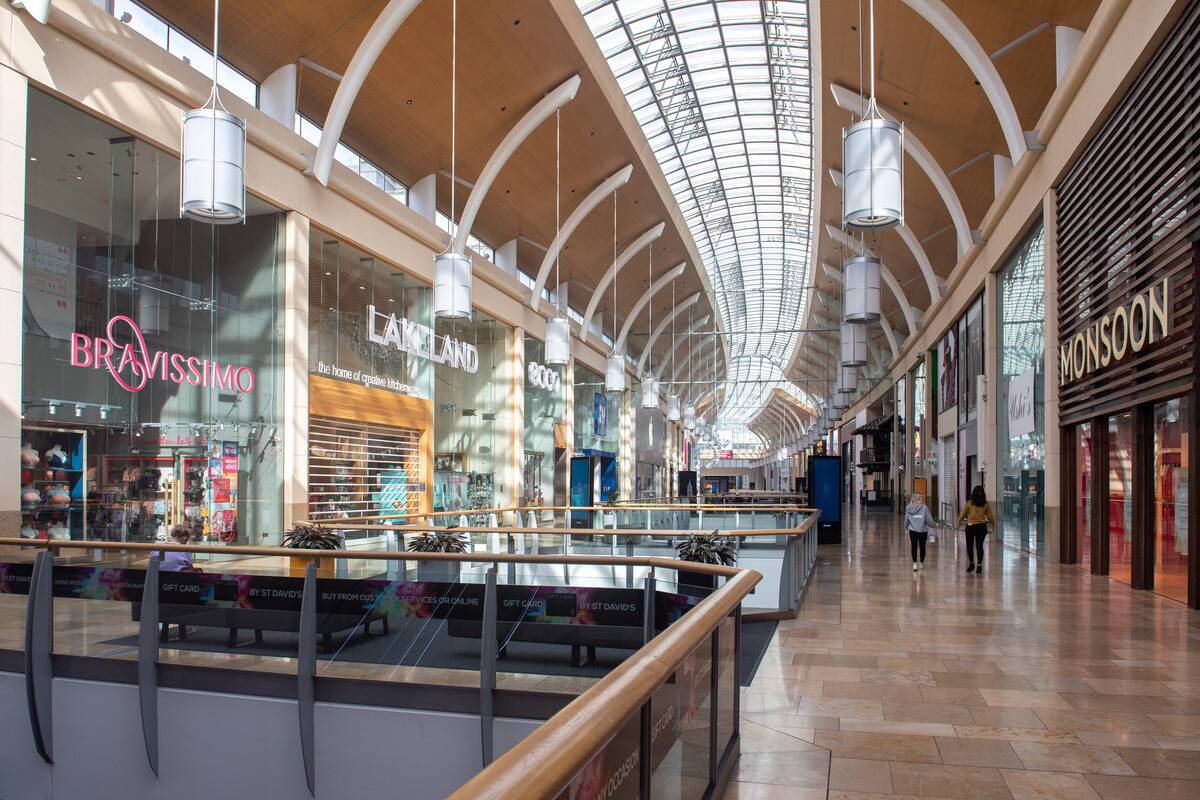
Economic downturns, like the 2008 recession, hit malls hard, leading to decreased consumer spending and store closures. Many malls struggled to survive as retailers downsized or went bankrupt. The decline in anchor stores further exacerbated the issue, leaving many malls with vacant spaces and dwindling foot traffic.
The Rise of Experiential Retail: Malls Fighting Back
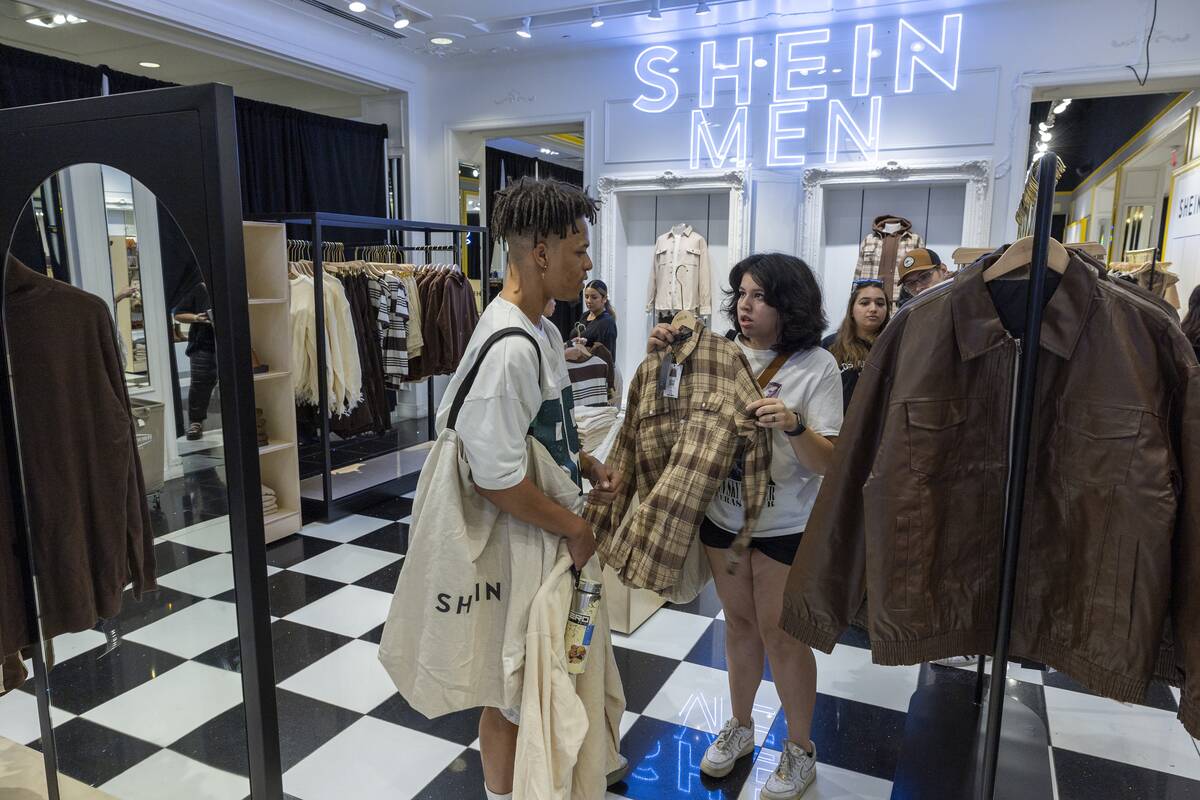
In response to declining sales, malls began focusing on experiential retail, offering unique experiences that couldn’t be replicated online. From pop-up shops to immersive art installations, malls embraced innovation to attract visitors. This shift aimed to transform shopping into an experience rather than a mere transaction.
Ghost Malls: The Haunting Reality of Abandoned Spaces
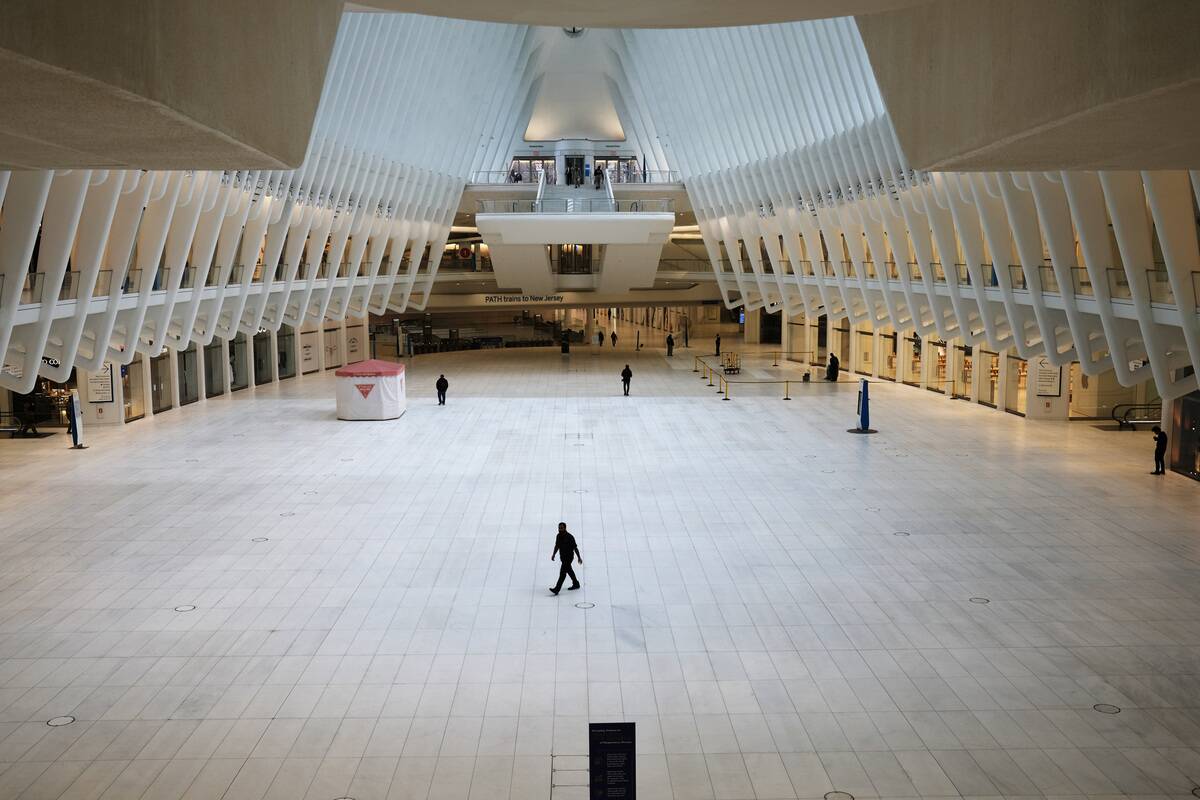
As malls struggled, many became ‘ghost malls,’ with empty storefronts and abandoned corridors. These haunting spaces are a stark reminder of the changing retail landscape. Some have been repurposed, while others stand as relics of a bygone era, echoing the once vibrant activity they housed.
The Global Perspective: Malls Around the World
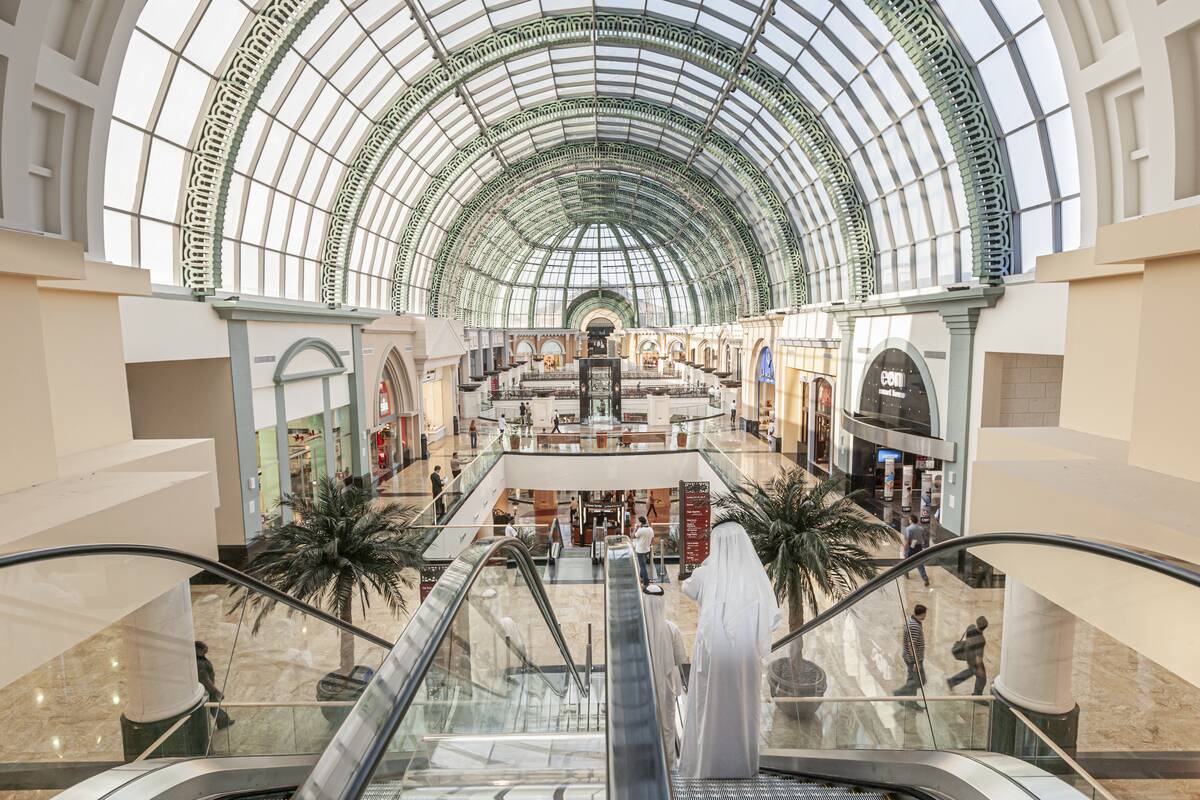
While American malls faced challenges, malls in places like Dubai and Asia thrived, offering luxury brands and extravagant attractions. The Mall of the Emirates in Dubai, for example, features an indoor ski slope, attracting millions of tourists annually. These global malls set new standards for opulence and innovation.
Nostalgia and Pop Culture: Malls in Movies and TV
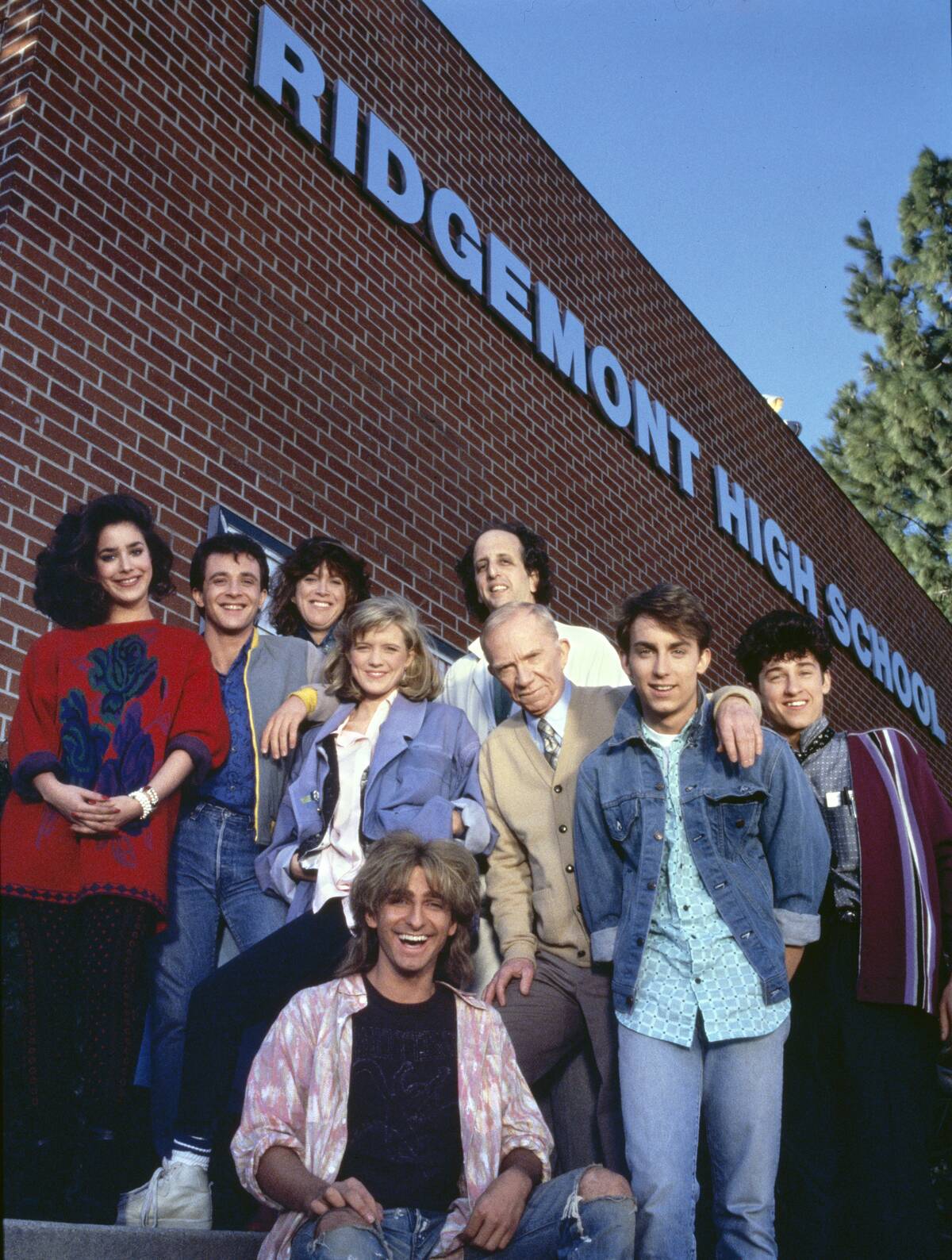
Malls have been immortalized in pop culture, serving as backdrops for countless movies and TV shows. Films like ‘Clueless’ and ‘Fast Times at Ridgemont High’ captured the quintessential mall experience. These portrayals contributed to the nostalgic view of malls, making them iconic symbols of past decades.
The Reimagined Mall: Innovative Repurposing of Spaces
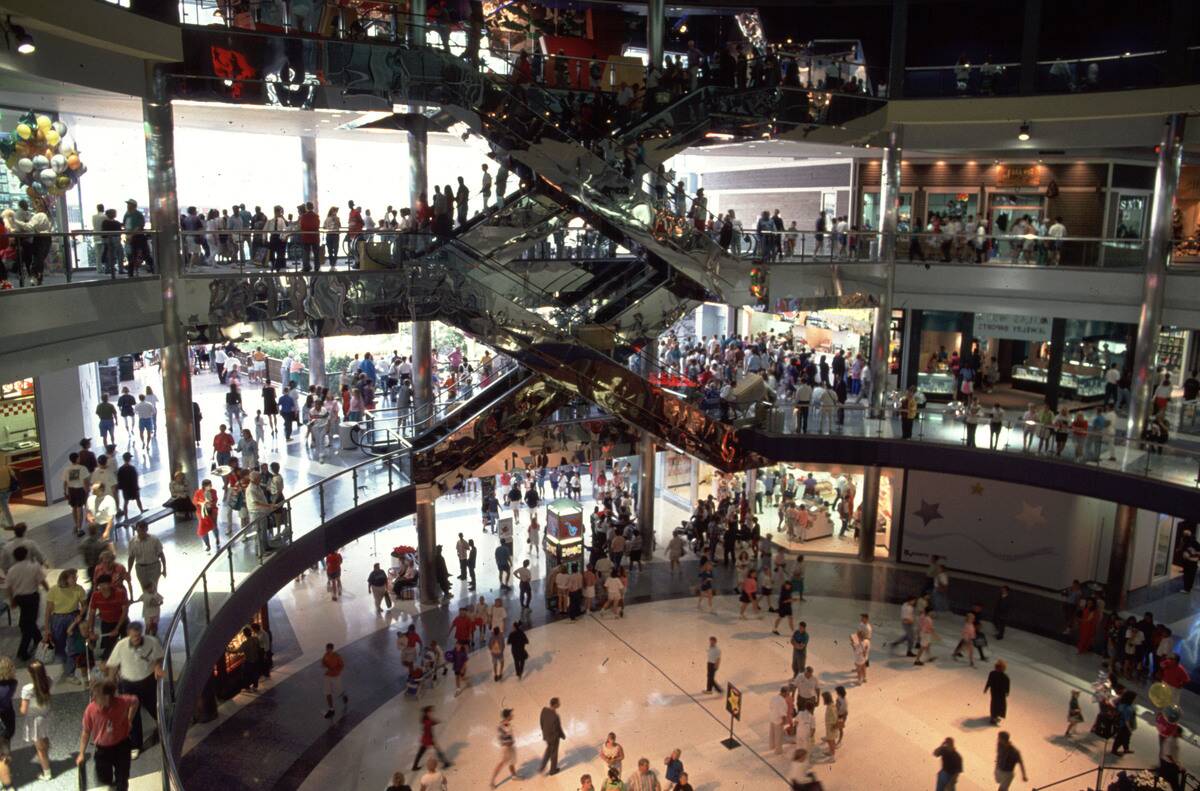
To adapt to changing times, many malls are being reimagined into mixed-use spaces, featuring residential, office, and entertainment options. This innovative repurposing aims to create vibrant communities and breathe new life into aging structures. By diversifying their offerings, these spaces hope to remain relevant in the modern era.
The Environmental Impact: Sustainability Concerns
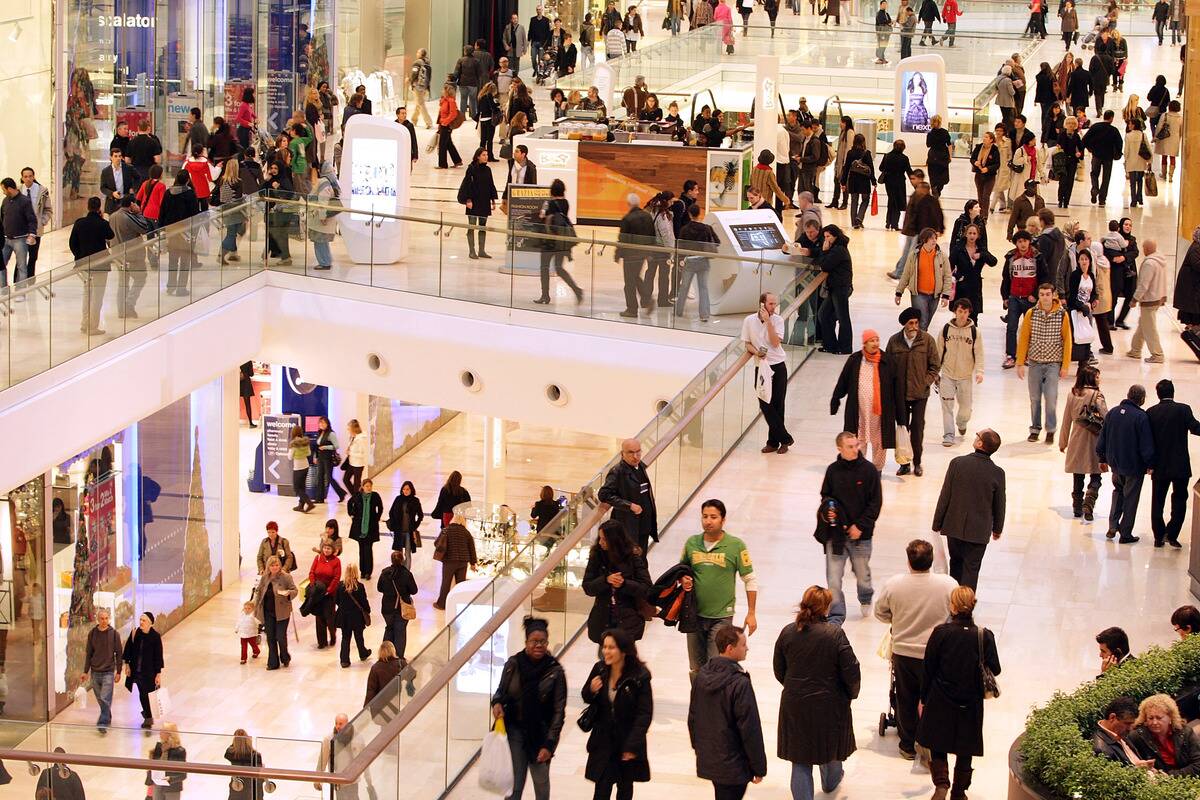
The environmental impact of malls has become a point of concern, with large energy consumption and waste generation. Many malls are now focusing on sustainability by incorporating green technologies and eco-friendly practices. These efforts aim to reduce their carbon footprint and appeal to environmentally conscious consumers.
Mall Memories: Personal Stories from the Glory Days
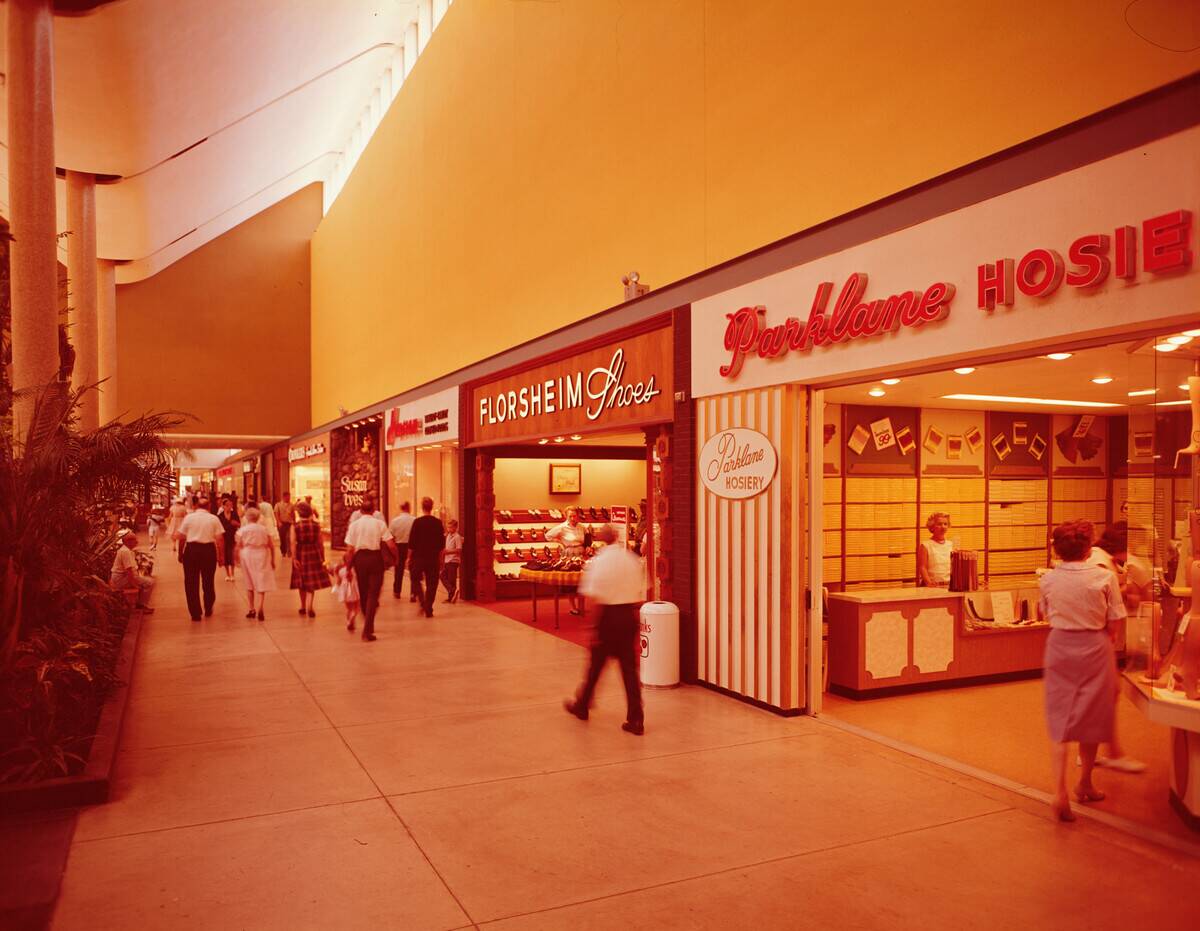
For many, malls hold cherished memories of simpler times, like hanging out with friends or shopping for prom dresses. These personal stories contribute to the nostalgic allure of malls, reminding us of their role in shaping social interactions and personal milestones. Malls were more than shopping centers; they were places where memories were made.
The Future of Shopping Malls: Predictions and Possibilities
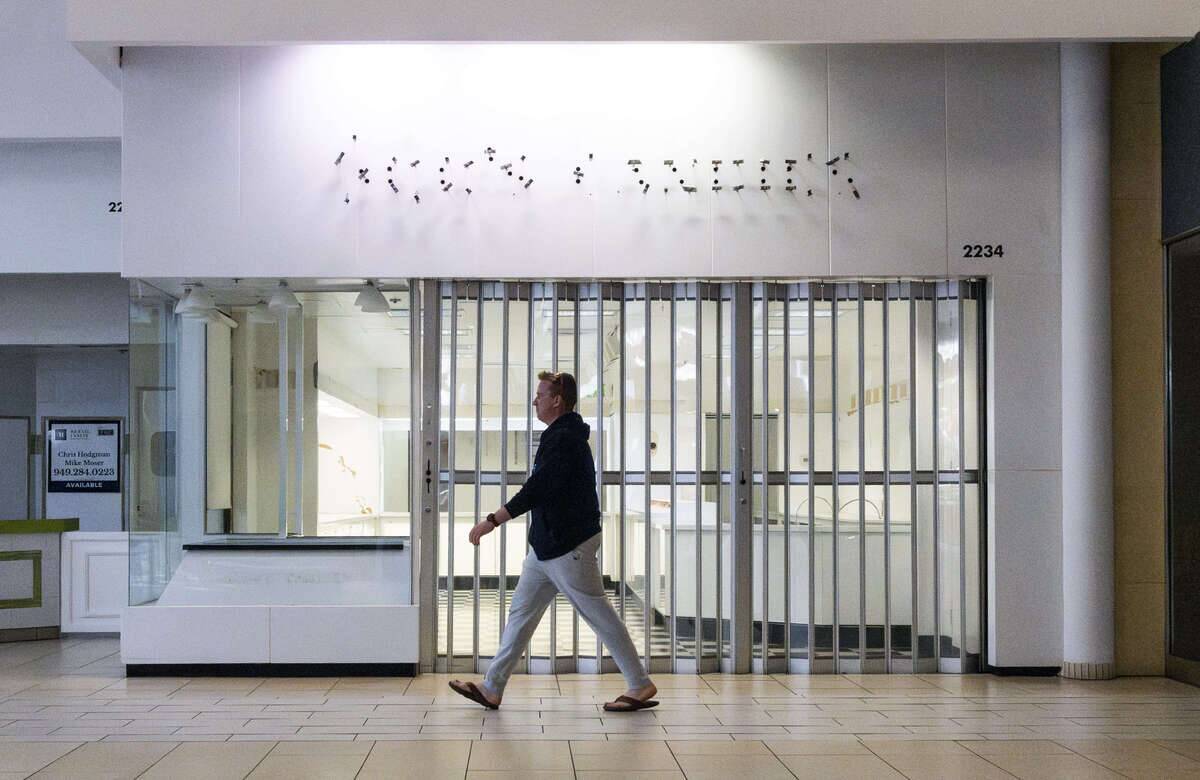
The future of malls depends on their ability to innovate and adapt. Predictions suggest a blend of retail, entertainment, and technology-driven experiences. As consumer preferences evolve, malls must embrace digital integration and sustainability to remain relevant. The possibilities are endless, and the journey of shopping malls is far from over.



